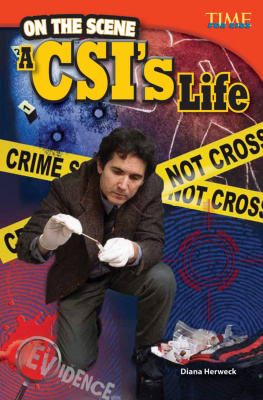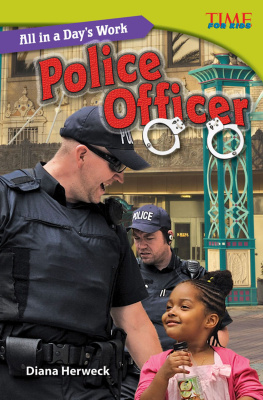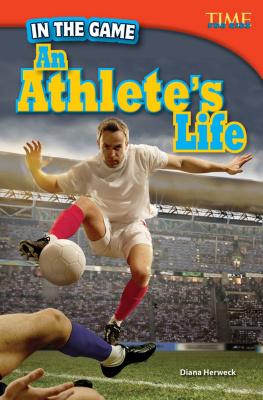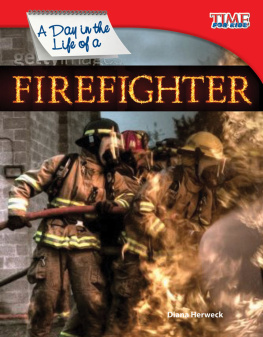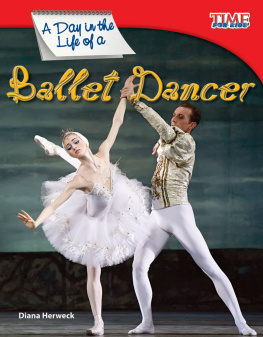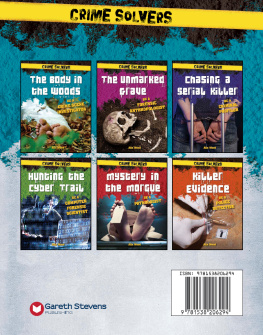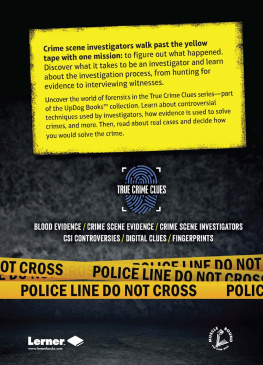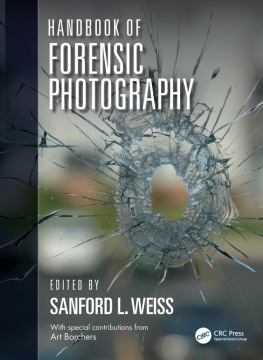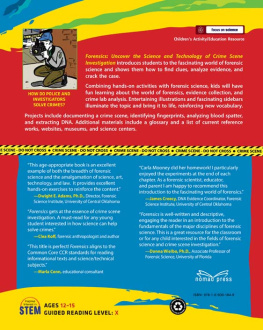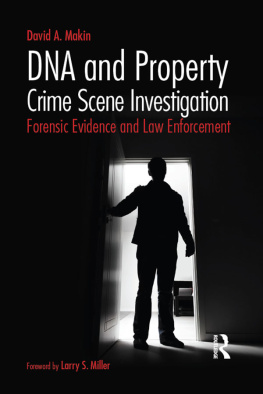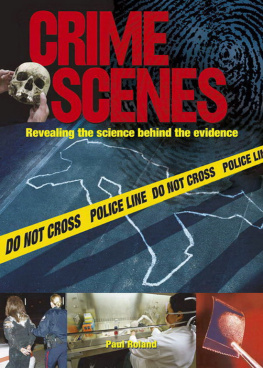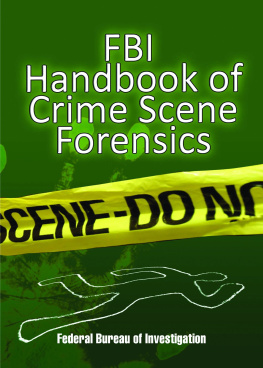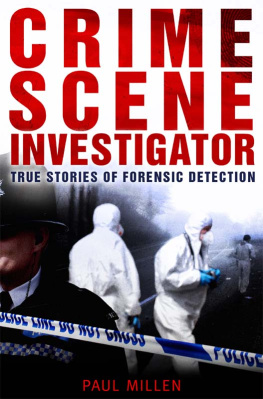
Diana Herweck
O
N
T
H
E
S
C
E
N
E
O
N
T
H
E
S
C
E
N
E
s s
Life
A


Teacher Created Materials
5301 Oceanus Drive
Huntington Beach, CA 92649-1030
http://www.tcmpub.com
ISBN 978-1-4333-4825-9
2013 Teacher Created Materials, Inc.
Consultants
Timothy Rasinski, Ph.D.
Kent State University
Lori Oczkus
Literacy Consultant
Dani Mata
Forensic Scientist
Based on writing from
TIME For Kids. TIME For Kids and the TIME
For Kids logo are registered trademarks of
TIME Inc. Used under license.
Publishing Credits
Dona Herweck Rice , Editor-in-Chief
Lee Aucoin , Creative Director
Jamey Acosta , Senior Editor
Heidi Fiedler , Editor
Lexa Hoang , Designer
Stephanie Reid , Photo Editor
Rane Anderson , Contributing Author
Rachelle Cracchiolo , M.S.Ed., Publisher
Image Credits: p.5 (bottom left), 35 Alamy;
cover & pp.1, 4, 6 (bottom),17, 24 (bottom),
p.30 Getty Images; pp.14, 18, 22, 24, 24
(top), p.34 iStockphoto; p.41 LOC_A.
Weidenbach; p.10 Photo Reseachers
Inc.; pp.21, 25, 2829, 3233 Timothy J.
Bradley; p.37 Zaid Hamid [Public Domain]
via. Wikimedia; p.31 AFP/Newscom; p.26
EPA/Newscom; p.20 (bottom) ZUMA
Press/Newscom; All other images from
Shutterstock.
Synched Read-Along Version by:
Triangle Interactive LLC
PO Box 573
Prior Lake, MN 55372
ISBN-13: 978-1-68444-899-9 (e-book)

Table of
Contents
On the Scene ...................
In the Lab ....................
Case Closed ...................
Glossary ......................
Index ........................
Bibliography .................. 46
More to Explore ...............
About the Author ..............

On the Scene
house is covered in blood. A body is
floating out back in the swimming pool.
Was it an accident or foul play ? When did this
happen? And who is responsible? Where should
investigators start?
Those are the questions crime scene
investigators (CSIs) must answer. CSIs study
crime scenes. They collect evidence to find out
what happened. Its just like on a TV show, but
this is real. And the science they use to do their
jobs is a matter of life and death.
An investigator uses a magnifying
glass to compare bullets.

Imagine you are a CSI.
What skills would you need to succeed?
How would you solve a crime?
Why do you think this job is so important?

Traces of Evidence
When someone commits a crime however
big or small there are traces of evidence. Even
a simple crime, such as stealing a cookie, leaves
clues behind. Most criminals try to avoid leaving
signs of their work. But evidence can be so small
its nearly invisible. The average person wont
see it, but a CSI knows exactly where to look.
CSIs look for many types of evidence. Basic
marks like fingerprints, mud, lipstick, and ink can
give clues about the crime. Fibers from plants,
hair, clothes, and furniture can be traced to the
scene of the crime, too. CSIs even search for
patterns in mud. One footprint can lead them to
the perpetrator (PURpitreyter).

CIVILIAN CRIME
FIGHTERS
Most CSIs are civilians . This
means they might not carry guns.
They dont arrest people or give
tickets. They help police officers
and detectives solve crimes. But
they are not police officers.
Photographs provide a
permanent record of
a crime scene and
the evidence.

Extreme
Some scientists
specialize in finding
DNA matches.
Latent print examiners
(LEYT-nt PRINT ig-ZAM-in-ers)
specialize in fingerprints.
Odontologists (oh-don-TOL-uh-justs)
can identify a body by its teeth. This
can be helpful if there is damage to
the other parts of the body.
There are many ways to solve a
crime. Thats why CSI teams are
made up of many specialists.
Depending on the crime,
different specialists will be
called in to help.
Experts

Pathologists (puh-THOL-uh-justs)
study the human body. They can
determine the cause of death,
the time of death, and more.
Some CSIs are ballistics
(buh-LIS-tiks) experts. They
study guns and bullets.
Forensic (fuh-REN-sik)
photographers take
pictures of evidence.
Forensic artists listen to witnesses and
review evidence. They use clues to draw a
picture of the people who commit crimes
so police officers can look for them.
Entomologists (en-tuh-MOL-uh-justs)
study insects and their behavior.
Insects help determine the area
where something took place as well
as when it happened.

Looking for Tracks
The investigation starts outside. CSIs begin by

